Art
Action Artist William Green
Dismayed by the negative reaction to his art, which involved pouring printer's ink on a canvas and then riding over it with a bicycle, William Green gave up art in 1965. But he took it up again in 1995, at which point "He continued to paint every day and systematically sawed up and destroyed almost all his furniture and house contents, with the resulting debris incorporated in vast black bitumen-covered paintings."More info: wikipedia

Battle Creek Enquirer - Sep 16, 1957

Untitled (1958), by William Green - via Tate.org.uk
Posted By: Alex - Mon Dec 04, 2017 -
Comments (0)
Category: Art
Bras across the grand canyon
A great dream that never came to fruition. In the early 1990s, the California artist Nicolino launched a project to string 10,000 bras across the Grand Canyon. First he needed to get 10,000 bras. Then he needed to get permission from the park service. He never got either.
Saint George Daily Spectrum - Nov 16, 1993
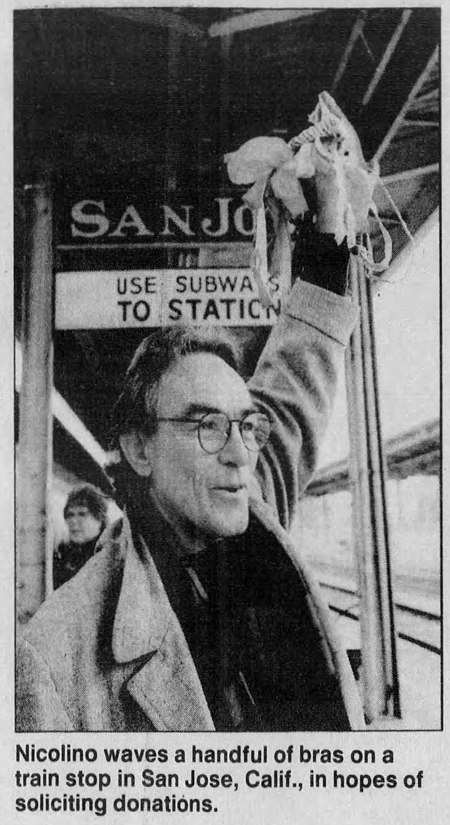
St. Louis Post-Dispatch - June 1, 1994
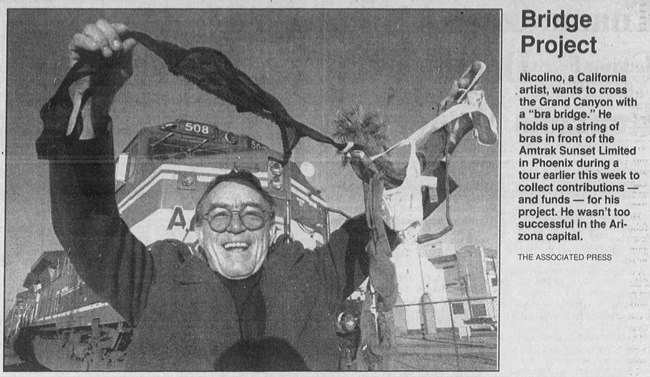
Albuquerque Journal - Dec 25, 1993
Posted By: Alex - Mon Nov 27, 2017 -
Comments (5)
Category: Art, Underwear, 1990s
Messy Girls Gift Book

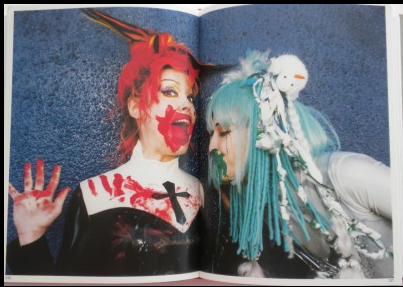
With Xmas just around the bend, the search for presents intensifies. Who wouldn't like a book of photos of women covered in foodstuffs?
More pix here at eBay for as long as the auction is up.
Posted By: Paul - Tue Nov 21, 2017 -
Comments (3)
Category: Art, Beauty, Ugliness and Other Aesthetic Issues, Food, Hygiene, Misbehavior, Rebellion, Acting-out and General Naughtiness, Photography and Photographers, Fetishes, Women, Body Painting
Craigslist Art
In an article on artsy.net, Scott Indrisek explores the strange subculture of craigslist art, which involves artists posting offbeat requests on craigslist and seeing what happens. Some examples:Kenneth Tam offered cash to any couple who would let him observe, and film, an ordinary dinner in their home while he sat, silent, in the background.
For her 2009 “Lucky Tiger” series, Laurel Nakadate "took playfully suggestive self-portraits, and then found men via Craigslist who were willing to 'cover their hands with fingerprinting ink and touch the photographs while discussing them and passing them around.'"
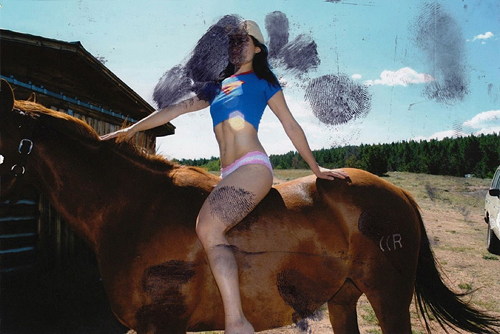
For the audio installation Goodnight Call, Sophie Barbasch "provided her phone number and asked strangers to 'leave me a goodnight voicemail before you go to sleep at night as though we have been together for years.'"
Posted By: Alex - Tue Nov 14, 2017 -
Comments (0)
Category: Art
Dali’s CHAOS AND CREATION
I would like to find the whole 17-minute video of Dali's CHAOS AND CREATION, especially after reading the description in the newspaper article. But I can only find bits and pieces. The second clip shows a brief image of the motorcycle in the pigpen.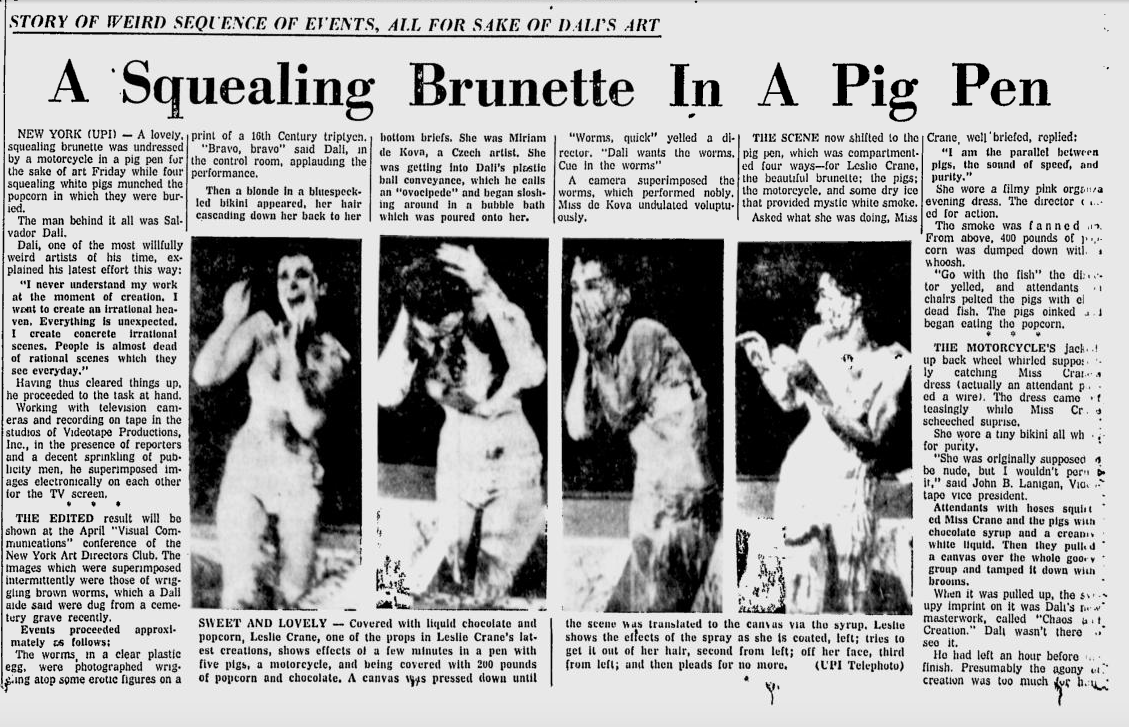
Original article here.
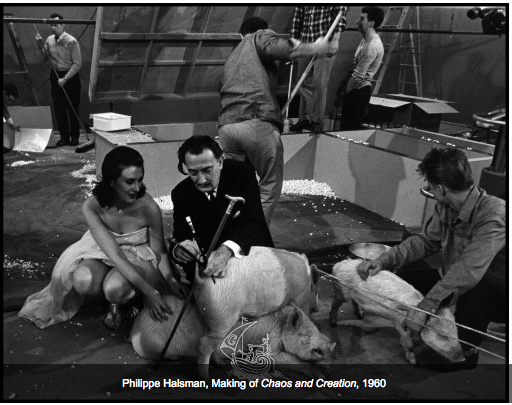
Foto source.
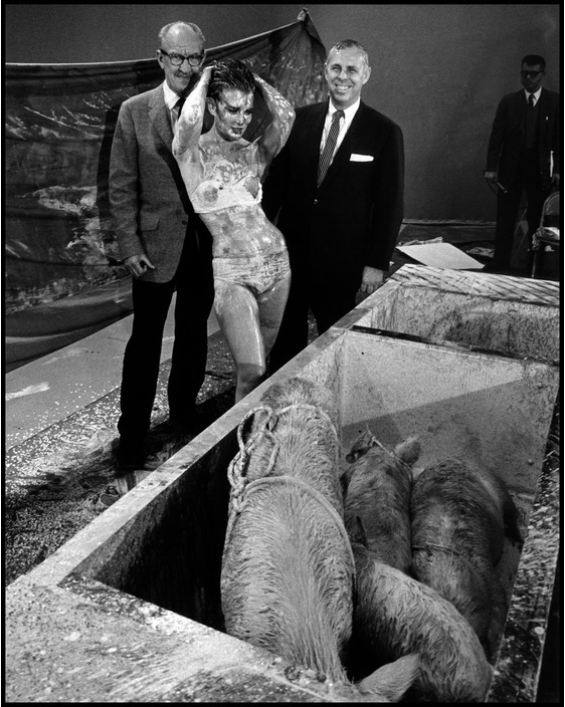
Foto source, more at site.
Posted By: Paul - Tue Nov 14, 2017 -
Comments (2)
Category: Animals, Art, Avant Garde, Pop Art, Surrealism, 1960s, Motorcycles
Artwork Khrushchev Probably Would Not Have Liked 7
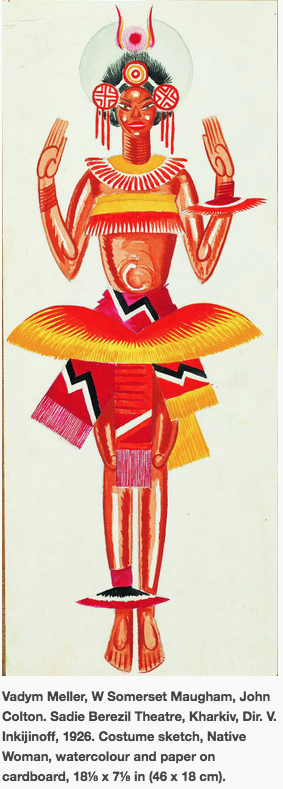
Artist's Wikipedia entry here.
Posted By: Paul - Mon Nov 13, 2017 -
Comments (2)
Category: Art, Avant Garde, Russia
Domestikator
An art installation titled 'Domestikator' was scheduled to be displayed in the gardens of the Louvre next week. But the Louvre recently changed their mind, deciding the work was too risqué.I don't think Khrushchev would like this art.
More info: NY Times
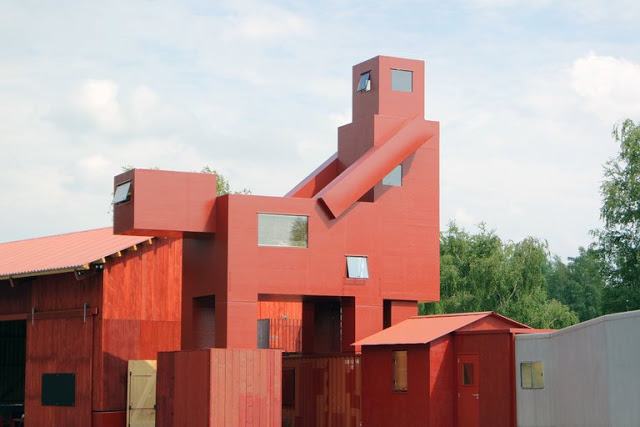
Posted By: Alex - Fri Oct 13, 2017 -
Comments (5)
Category: Art
Mystery Illustration 58
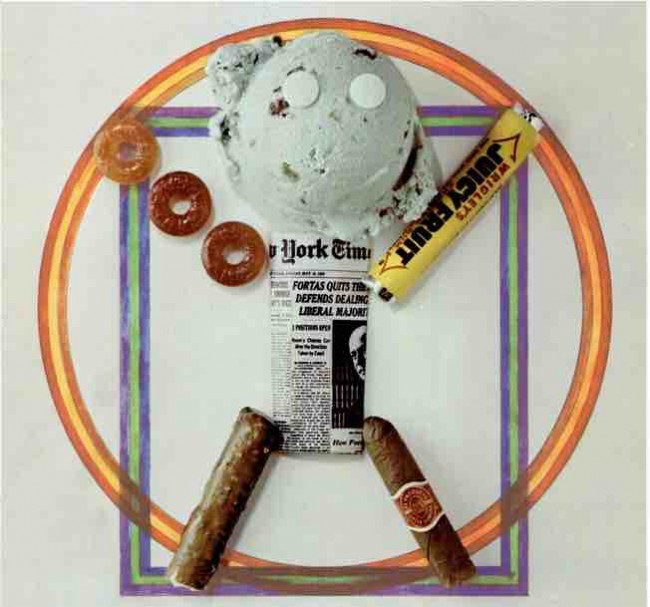
What was the topic or theme of the article accompanying this illustration?
The answer is here.
And after the jump.
More in extended >>
Posted By: Paul - Tue Sep 26, 2017 -
Comments (6)
Category: Art, 1960s
Karen Eland - Coffee Artist
Artist Karen Eland specializes in painting with coffee and beer. I think that the coffee painting came first, and she later diversified into beer.It makes me wonder how many other drinks it's possible to paint with. Wine? Whiskey? Coke? Root Beer?
Her website: KarenElandArt.com
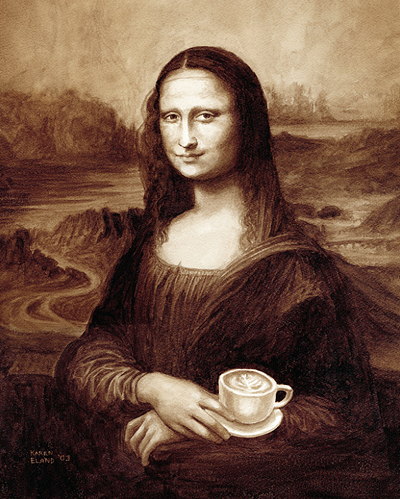
Mona Latte, 1998
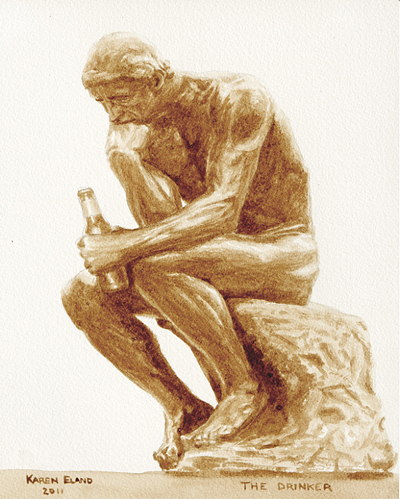
The Drinker, 2011
Posted By: Alex - Sun Sep 24, 2017 -
Comments (0)
Category: Art, Inebriation and Intoxicants, Coffee and other Legal Stimulants
Cosmic Welcome Mat
The latest from artist Jonathon Keats: a "cosmic welcome mat" to greet visitors from outer space. The mats will be placed at various locations around the Bedford Park campus of Flinders University in Adelaide, Australia, to coincide with the 68th International Astronautical Congress that will be taking place nearby. The mats will be examined periodically to check for signs of extraterrestrial visitation.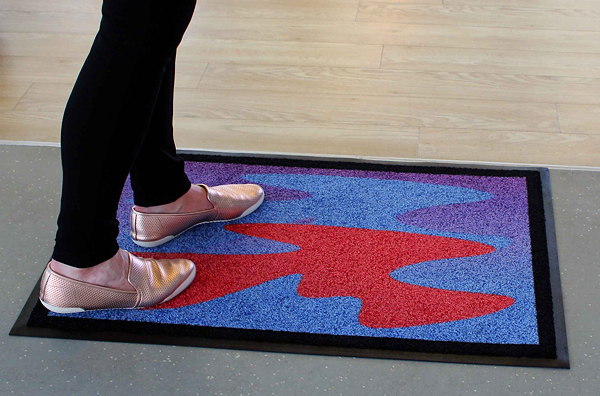
From a press release:
To counter the hostility of his species, and to communicate hospitality to aliens, Mr. Keats enlisted the most welcoming of human inventions. His cosmic welcome mat, developed in consultation with Flinders space archaeologist Alice Gorman, translates the concept of welcomeness into a visual language that all sentient beings can potentially comprehend.
"In fact, the mat comes in four different versions," says Dr. Gorman. "Since we can't make any assumptions about beings we've never encountered, and certainly can't assume that they're versed in human culture, it's important to present them with different options built on different premises." For instance, one version of the mat expresses welcomeness in terms of geometric fit, while another does so by biological analogy, evoking room for growth.
Dr. Gorman and a team of Flinders students will rigorously monitor use of the intergalactic doormats, employing standard archaeological sampling techniques. The carpeting will be regularly vacuumed for sediment. Comparison of sedimentary deposits can provide important data about how effectively welcomeness has been communicated by each design. These data will inform future iterations of the mat, slated for distribution worldwide, and potential future deployment on the International Space Station.
The concept reminds me of the various UFO landing ports that have been constructed throughout the world, such as the one in Lake City, PA. Also relevant is Douglas Curran's book, In Advance of the Landing, about objects built by people in anticipation of the arrival of extraterrestrials.
More info: flinders.edu.au
Posted By: Alex - Sat Sep 23, 2017 -
Comments (1)
Category: Aliens, Art, Furniture

| Who We Are |
|---|
| Alex Boese Alex is the creator and curator of the Museum of Hoaxes. He's also the author of various weird, non-fiction, science-themed books such as Elephants on Acid and Psychedelic Apes. Paul Di Filippo Paul has been paid to put weird ideas into fictional form for over thirty years, in his career as a noted science fiction writer. He has recently begun blogging on many curious topics with three fellow writers at The Inferior 4+1. Contact Us |




